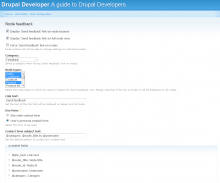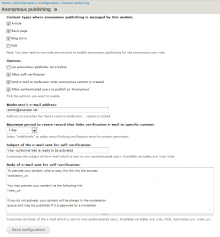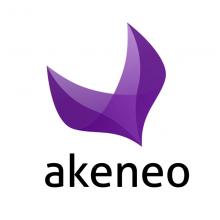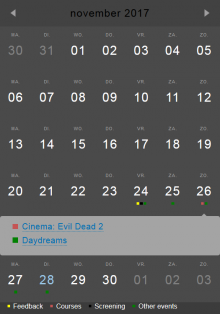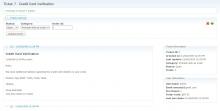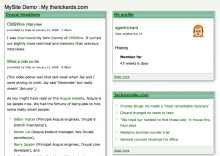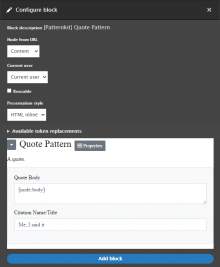For Drupal 6, this module is being replaced by the Dashboard project as part of the drupal.org redesign. We need volunteers to work on Dashboard, so go over there and help out, please.
The Drupal 5 version still works, but is not actively being developed. I have marked the module as 'Obsolete.'
MySite pages let users create a personalized summary of the site by adding selected content elements to their personal page. The MySite module is similar to tools like MyYahoo!, iGoogle and NetVibes. However, the content available is generated from your web site.
The module allows registered site users to create a MySite page that contains content from throughout the site. For sites that use the Aggregator module, users may also add feeds from external web sites to their MySite pages. MySite also supports Blocks, Views and 'Droplets' -- content widgets created by the site administrator. Users with JavaScript can drag, drop and sort content on their custom personal layout.
With Droplets, site administrators can also expose web-based content widgets like those from Google and WidgetBox to their users.
The 5.x.3 release adds multiple page support, so that users can have more than one personal page.
MySite was written using an API/Plug-In model that allows the core module to be extended to handle additional content types. These content types do not have to be nodes.
 Support for Drupal 7 is ending on 5 January 2025—it’s time to migrate to Drupal 10! Learn about the many benefits of Drupal 10 and find migration tools in our resource center.
Support for Drupal 7 is ending on 5 January 2025—it’s time to migrate to Drupal 10! Learn about the many benefits of Drupal 10 and find migration tools in our resource center.

